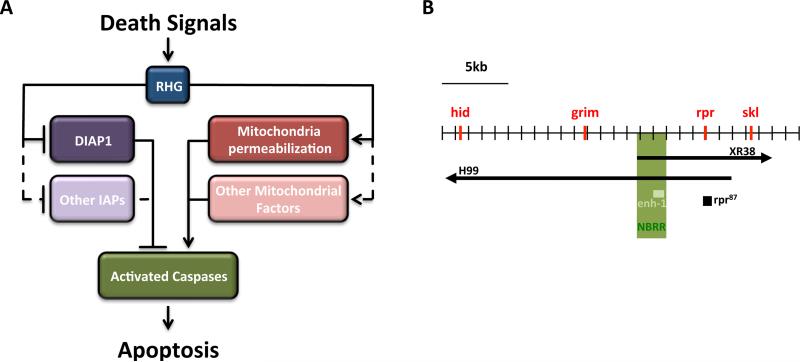Figure 1. Reaper, Hid, Grim and Sickle orchestrate apoptosis in Drosophila.
(A) Reaper, Hid, Grim, and Sickle (RHG) integrate signals from different sources, and trigger apoptosis. RHG act through two independent pathways. They either inhibit DIAP1, and/or other inhibitors of apoptosis, or they act by promoting mitochondria permeabilization. Both pathways ultimate lead to the activation of caspases, cysteine proteases that implement the apoptotic program. Solid arrows represent proven interactions and dashed lines represent unproven interactions.
(B) Schematic representation of the genomic locus of the third chromosome where RHG are located. The neuroblast regulatory region (NBRR) is situated between rpr and grim and is responsible for the integration of developmental signals that control reaper, grim and sickle expression, and, hence, apoptosis. A cis-regulatory element (enh-1) is responsible for the restricted expression of the pro-apoptotic genes in the abdominal neuroblasts. Three main genomic deletions that have been used to study apoptosis in flies. In deficiency Df(3l)H99, rpr, hid, and grim are removed, while in Df(3l)XR38, rpr and skl are not present. Finally, rpr87 only removes rpr. Black arrows represent the deleted regions, and red bars the pro-apoptotic genes. The NBRR is represented in green and, within it, the enh-1 enhancer in light green.

